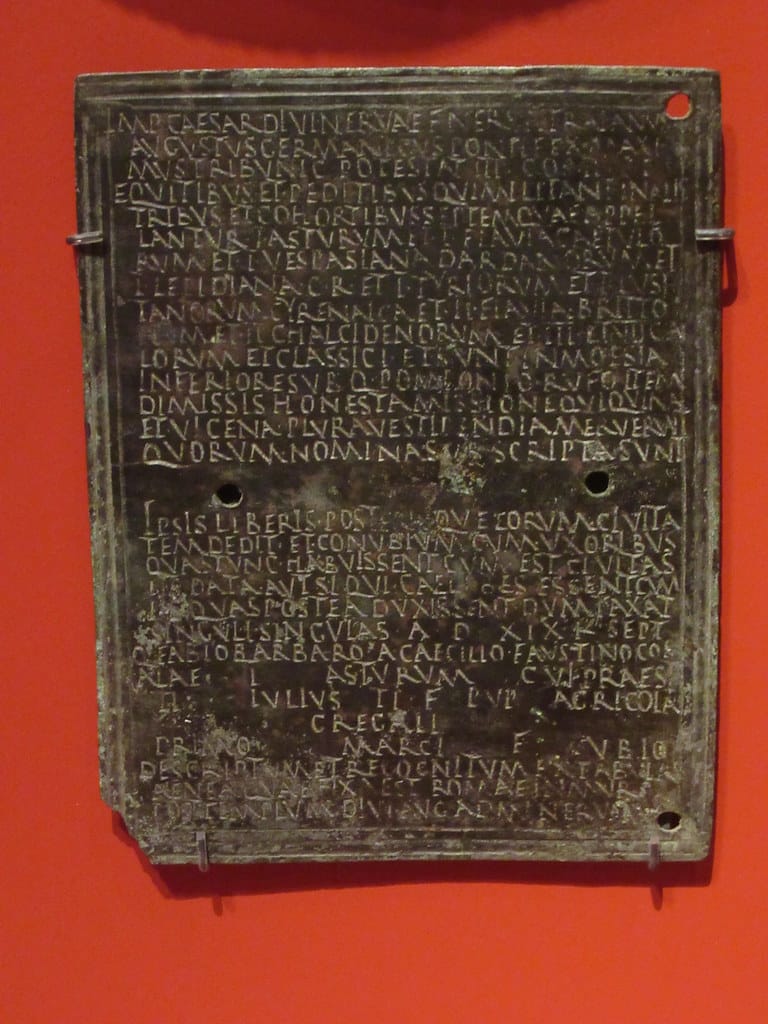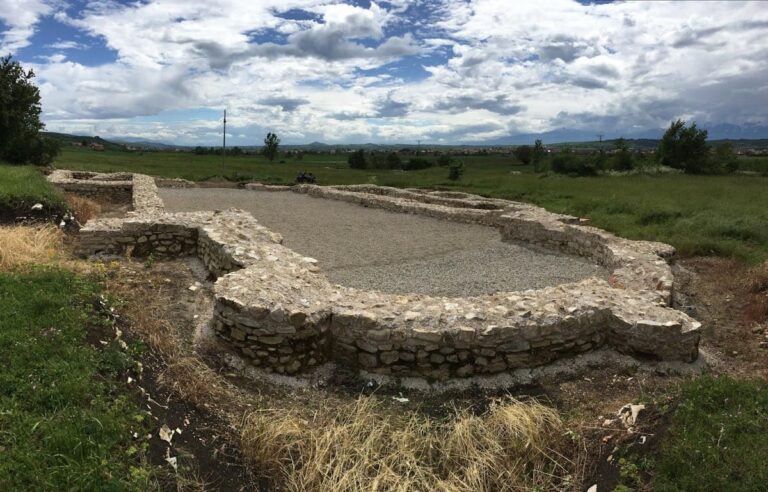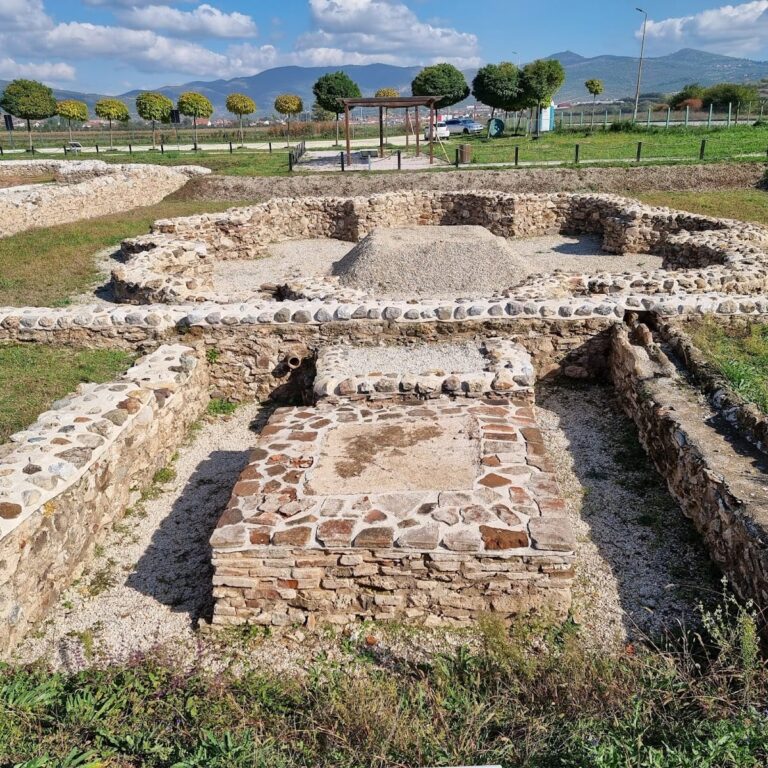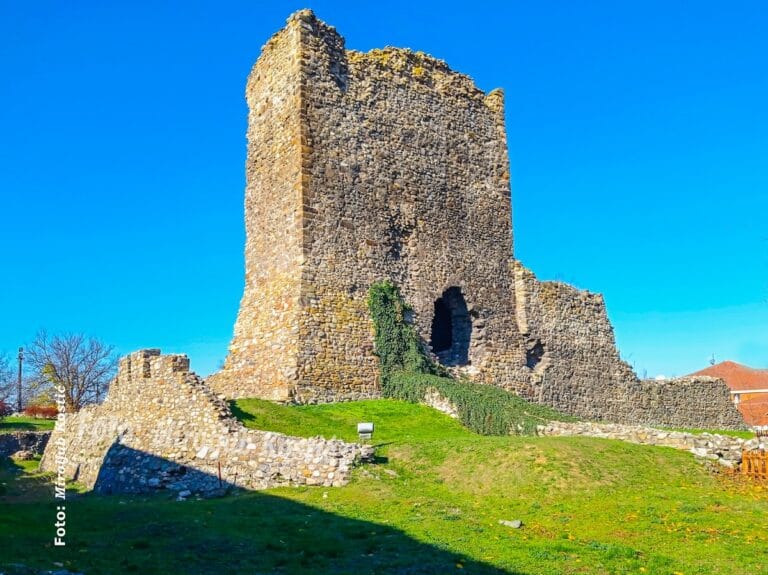Municipium Dardanorum: A Roman Mining Town in Kosovo
Visitor Information
Popularity: Very Low
Google Maps: View on Google Maps
Country: Kosovo
Civilization: Byzantine, Roman
Remains: City
History
Municipium Dardanorum was established in the 2nd century AD in the Ibar River Valley near present-day Sočanica, Kosovo. It was founded by the Romans within the provinces of Moesia Superior and later Dardania. The town’s location was chosen for its proximity to rich mineral deposits in the Rogozna and Kopaonik mountains, making it a key center for mining lead, zinc, and gold.
During the 2nd century, the settlement grew in importance and was granted the status of municipium, a Roman administrative designation that recognized its urban development and local governance. This status reflected its role as a hub for mining operations and economic activity in the region known as Upper Mezija.
In the 3rd century, under Emperor Diocletian’s rule, the town experienced a brief revival. The central forum was redesigned, and new public buildings such as a basilica and baths were constructed. This period marked an effort to enhance the town’s infrastructure and public amenities, likely to support its mining economy.
By the 4th century, Municipium Dardanorum was abandoned. The reasons for its desertion are not detailed in surviving records, but the decline of mining activities and broader regional changes likely contributed. After this period, the site remained largely uninhabited, preserving its ruins until modern archaeological interest began.
Remains
The archaeological site of Municipium Dardanorum covers about 30 hectares on terraces and flat land where the Sočansk and Ibar rivers meet. The settlement’s layout includes a central forum, public buildings, residential areas, and necropolises, all constructed primarily from stone, brick, and river pebbles.
The forum is a rectangular open space measuring 38 by 25 meters, oriented north to south. It is bordered on both sides by rows of seven pillars and two nearly identical rectangular buildings with two entrances each. This area served as the town’s administrative and social center.
A temple dedicated to Antinous, a deified companion of Emperor Hadrian, stands on a raised platform in the northern part of the forum. Built between 136 and 138 AD, the temple measures approximately 15.75 by 14.25 meters. It features massive stone blocks and arches made from brick and river pebbles.
South of the forum lies a large basilica, about 55 by 16.5 meters in size, with a semicircular apse. This building was used for storing mined metals and conducting trade-related activities. Its scale and function underline the economic importance of mining in the town.
Additional structures include a small bathhouse and parts of a water supply system, demonstrating the settlement’s developed infrastructure. A Roman stone bridge once spanned the Ibar River, connecting the town to nearby mines. Remains of the bridge’s stone pillars are still visible today.
Some buildings were decorated with frescoes and colorful marble plates, indicating a degree of architectural ornamentation. Four necropolises have been excavated, revealing sarcophagi and built tombs. A villa rustica, or rural estate, was also found nearby, along with numerous metal tools and mining-related objects.
The site preserves well-recognizable remains of the forum, basilica, temple, baths, and bridge pillars. Among the finds is an inscription plaque dedicated to Emperor Hadrian, discovered within construction debris, providing valuable historical context.





